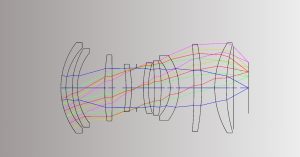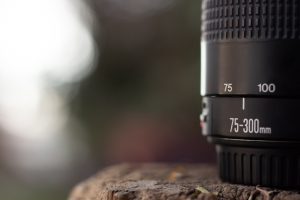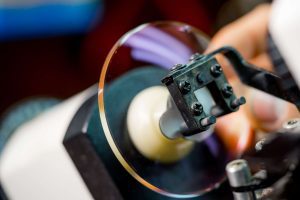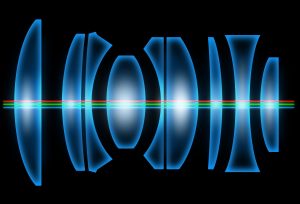Key Takeaways
- Field of View (FOV) in a camera lens, influenced by focal length and sensor size, captures the scene. Angular Field of View (AFOV), measured in degrees or length, is determined through optical tests.
- Shorter focal lengths intensify light convergence, affecting Angular FOV.
Exploring the Field of View (FOV) in Camera Lenses
The camera lens captures the extent of the observable area in a single shot, known as the Field of View (FOV). This encompasses what one can see through the eyes or an optical device. In photography, the FOV determines “what we are seeing in our image” and “how much of the scene we are seeing. As light passes through the camera lens, it focuses on the subject being imaged by converging the light. Shorter focal lengths intensify the convergence of light to focus on the subject being imaged.
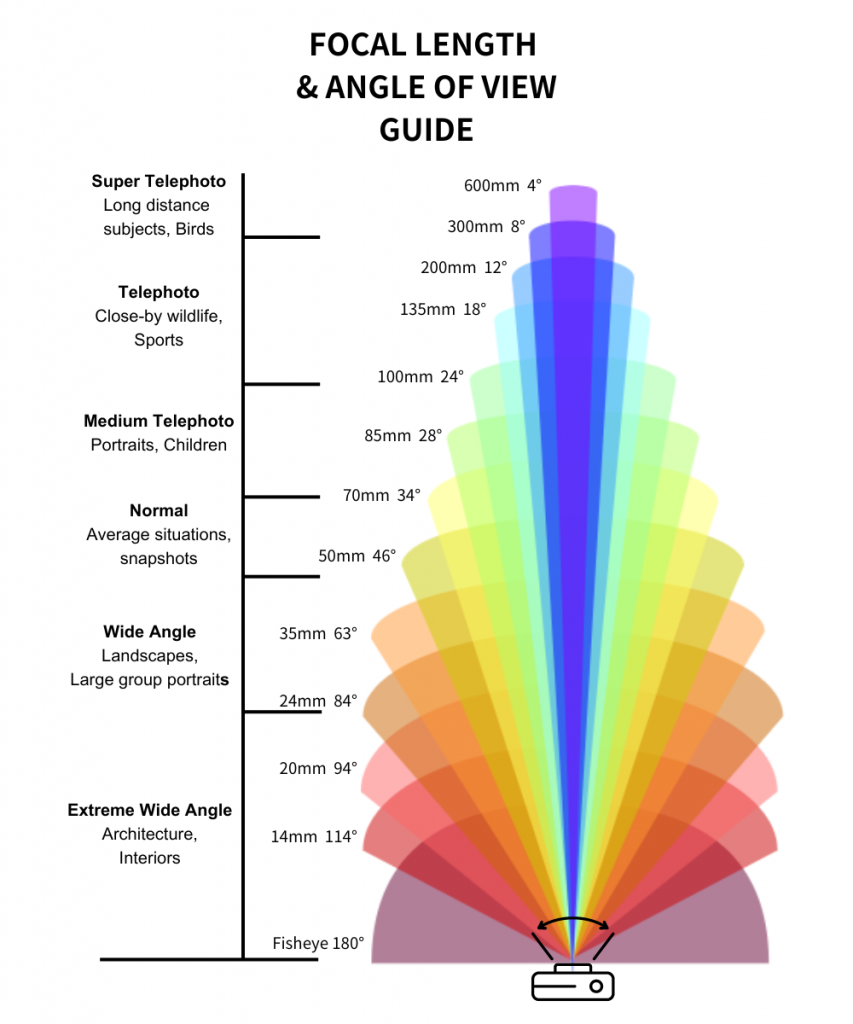
Focal Lengths and Field of View (FOV) Dynamics
Conversely, shorter focal lengths focus the image by converging the light more intensely. The determination of the focal length distance depends on how strongly the lens converges the light to focus the subject being imaged. This, in turn, affects the angle from the horizontal of the light captured by the lens. Referred to as the angular field of view (AFOV), it is necessary for determining the overall FOV. The FOV is expressed in either angular or size terms, with the former indicating the full angle in degrees and the latter denoting the length in millimeters or meters.
- Angular Field of View (AFOV) is typically specified as the full angle in degrees, which is the angle between any light captured horizontally, and any light captured at the edge.
- Sized/Length Field of View (object size) is typically specified as the length in millimeters or meters.
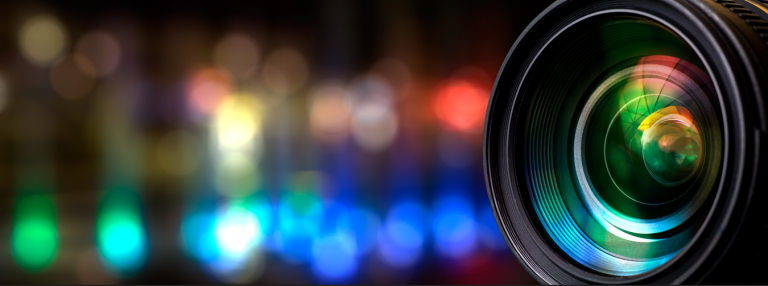
Influences on Field of View (FOV)
The lens focal length and sensor size influence the FOV, necessitating a wider FOV for a larger sensor if the lens focal length remains fixed. Typically measured horizontally due to the rectangular shape of sensors, FOV is usually expressed in millimeters. Optical tests commonly determine the FOV of UV, visible, and infrared cameras. These tests involve focusing light from a black body (an object that absorbs all light that falls on it) onto a test target at the focal place. A set of mirrors creates a virtual image at an infinitely far distance during the test.


Note: f is the lens focal length.
Camera FOV vs. Lens FOV
The image below shows the difference between the camera FOV and lens FOV.

Note: the maximum image (circle) diameter of the lens should be equal to or larger than the Sensor diagonal size.
GREAT ARTICLE!
Share this article to gain insights from your connections!


